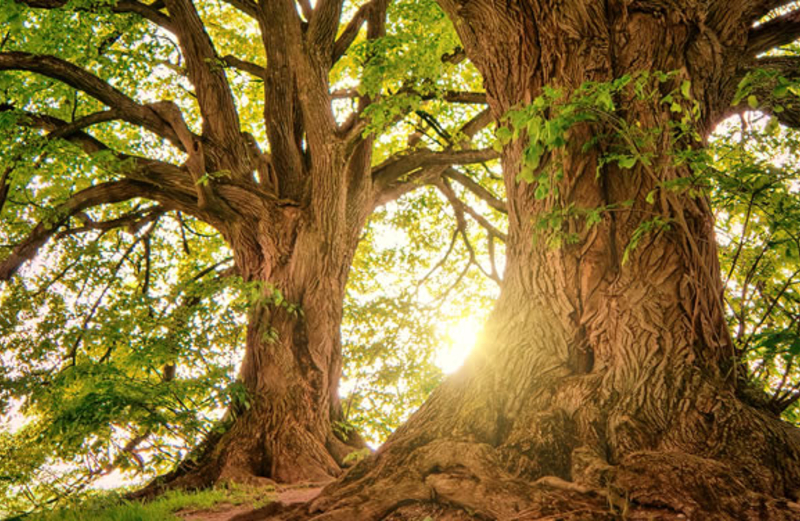Forests and Biodiversity: Too precious to lose

When we drink a glass of water, write in a notebook, take medicine for fever or build a house, we do not always make the connection to forests. And yet, these and many other aspects of our lives are linked to forests in one way or another. Every 21 March, the United Nations raises awareness of the importance of all types of forests.
Forests are home to most life on land, an estimated 80 percent of the world’s terrestrial biodiversity. This natural wealth goes far beyond the 60,000 species of trees that have been identified to date. It includes other plants, animals, organisms that together form important forest ecosystems helping us to keep our air, soil, and water healthy and providing us for example with food, fuel, medicine, and shelter. We know that roughly one billion people depend directly on forests for their food and other forest products, and that figure does not include the farms that rely on nearby forests for pollinators like bees, birds, and bats.
All this biodiversity is under serious threat due to climate change and other forces that are chipping away at the world’s forests daily. An estimated 73 percent of deforestation and habitat loss in the world is driven by the clearing of forest for agriculture. How, then, do we meet our needs as a growing population without damaging the very forests and biodiversity on which we all depend?
The conservation and sustainable management of forests are essential to biodiversity. So, too, is a better understanding of the conditions and activities that affect forests, such as food and timber production, urbanization, poverty, and land access. Many of the people whose daily activities have the greatest impact on the health of our forests are also among the poorest and most marginalized in the world. Their situations need to be taken into account in encouraging more sustainable use of forests and forest products.
In The Gambia, for example, massive losses in the availability of wild food sources have forced forest communities to turn more frequently to industrially-produced food to supplement their diets. As a measure, the government has started to restore forest ecosystems and biodiversity by giving communities direct ownership of the land on which they have long depended. People now have a greater stake in keeping their forests healthy. They are successful in learning more efficient and sustainable ways to plant crops, control pests, hunt, collect non-timber-forest-products, and gather wood, thus reducing stress on the land and water.
Countries’ efforts to improve how people interact with the world’s forests are informed by a list of internationally-agreed benchmarks, the Aichi targets, which were adopted in 2010 to help safeguard global biodiversity, and which are set to be revised towards the end of this year. Amid the growing media noise over action to address urgent challenges like climate change, hunger and health hazards, it cannot be stressed enough how important it is for countries to make these targets a priority in planning.
It is vital, too, for all of us to take an interest in the political and organizational decisions that can affect our natural forests. There is no quick way to substitute all those forest creatures and ecosystems which have evolved over millions and millions of years. Forests, with their wealth of biodiversity, have always sustained our lives. It is time for us to return the favour.
This year the International Day of Forests promotes education to learn to love forests. It underscores the importance of education at all levels in achieving sustainable forest management and biodiversity conservation. Healthy forests mean healthy, resilient communities and prosperous economies.
